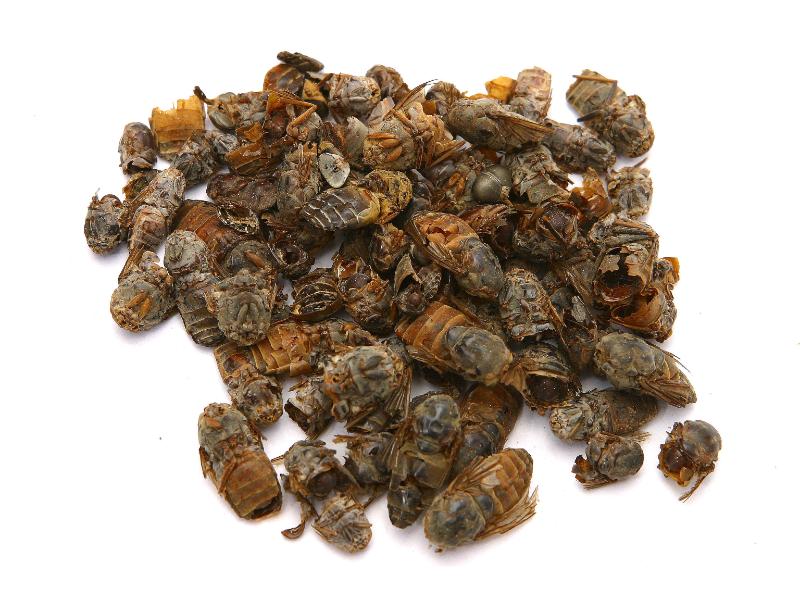Search in medicinals
Tabanus
Tabanus
虻虫 〔虻蟲〕 méng chóng

Alternate English names: gadfly
Alternate Chinese names: 牛虻 niú méng; 蜚虻 fěi méng; 牛苍蝇 niú cāng yíng; 瞎虻虫 xiā máng chóng; 牛蚊子 niú wén zǐ; 瞎蚂蜂 xiā mǎ fēng
Kingdom: Animal
Origin in PRC Pharmacopoeia: Tabanus bivittatus Mats. (PRC Pharmacopoeia)
Origin in unofficial sources: Tabanus bivittatus Mats.
Use: Medicinal
Category: Blood-quickening stasis-transforming agents / Blood-quickening concretion-dispersing agents
Properties: Bitter; slightly cold; slightly toxic.
Channel entry: Liver channels.
Actions and indications: Breaks the blood, expels stasis, and disperses concretions: Concretions, conglomerations, accumulations, and gatherings; amenorrhea due to blood stasis; injury from knocks and falls.
Dosage and method: Oral: Decoct (1.5–3g); grind to powder (0.3–0.6g); use in pill or powder preparations.
Warnings: Contraindicated in pregnancy and in vacuity without stasis. It should be used with care in patients with diarrhea.
Product description: The dried body of the insect is elliptical, 1.5–2 cm long and 0.5–1 cm wide. The head is blackish brown, and in most cases the large compound eyes have been lost. The thorax is gray-brown, with a shiny shell-like dorsal surface and wings that exceed the length of the tail. The ventral aspect of the thorax protrudes and has three pairs of legs attached, most of which are broken. The abdomen is brown and comprises 6 segments. The dried body of the insect is brittle and breaks easily. It gives off an unpleasant odor. The wings and legs are removed before use.
Quality: Large insects that are clean and undamaged are the best.
Production area: Guǎngxī, Sìchuān, Zhèjiāng, Jiāngsū, Húnán, Húběi, Shānxī, Hénán, Liáoníng.
Etymology: The word méng 虻 appearing in the modern name méng chóng 虻虫 and the original name fěi méng 蜚虻, is believed to represent the mung mung
sound created by the wings of this insect in flight. The alternate name xiā méng chóng 瞎虻虫 may hint at the influence of máng 盲, blind.